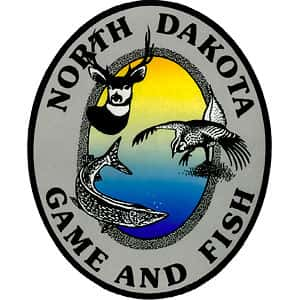
BISMARCK, N.D. (G&F) – Big game hunters are reminded of requirements for transporting deer, elk and moose carcasses and carcass parts into and within North Dakota, as a precaution against the possible spread of chronic wasting disease.
Hunters are prohibited from transporting into or within North Dakota the whole carcass of deer, elk, moose or other members of the cervid family from states and provinces with documented occurrences of CWD in wild populations, or in captive cervids.
In addition, hunters harvesting a white-tailed deer or mule deer from deer hunting units 3A1, 3B1 and 3F2, a moose from moose hunting unit M10, or an elk from elk hunting unit E6, cannot transport the whole carcass, including the head and spinal column, outside of the unit. However, hunters can transport the whole deer carcass between units 3A1 and 3B1 during any open deer season.
The following lower-risk portions of the carcass can be transported:
- Meat that has been boned out.
- Quarters or other portions of meat with no part of the spinal column or head attached.
- Meat that is cut and wrapped either commercially or privately.
- Hides with no heads attached.
- Skull plates with antlers attached having no hide or brain tissue present.
- Intact skulls with the hide, eyes, lower jaw and associated soft tissue removed, and no visible brain or spinal cord tissue present
- Antlers with no meat or tissue attached.
- Upper canine teeth, also known as buglers, whistlers or ivories.
- Finished taxidermy heads.
Hunters should also note that hunting big game over bait, or placing bait to attract big game for the purpose of hunting, is prohibited in deer units 3A1, 3A2, 3A3 north of U.S. Highway 2, 3B1, 3C west of the Missouri River, 3E1, 3E2, 3F1 and 3F2.
